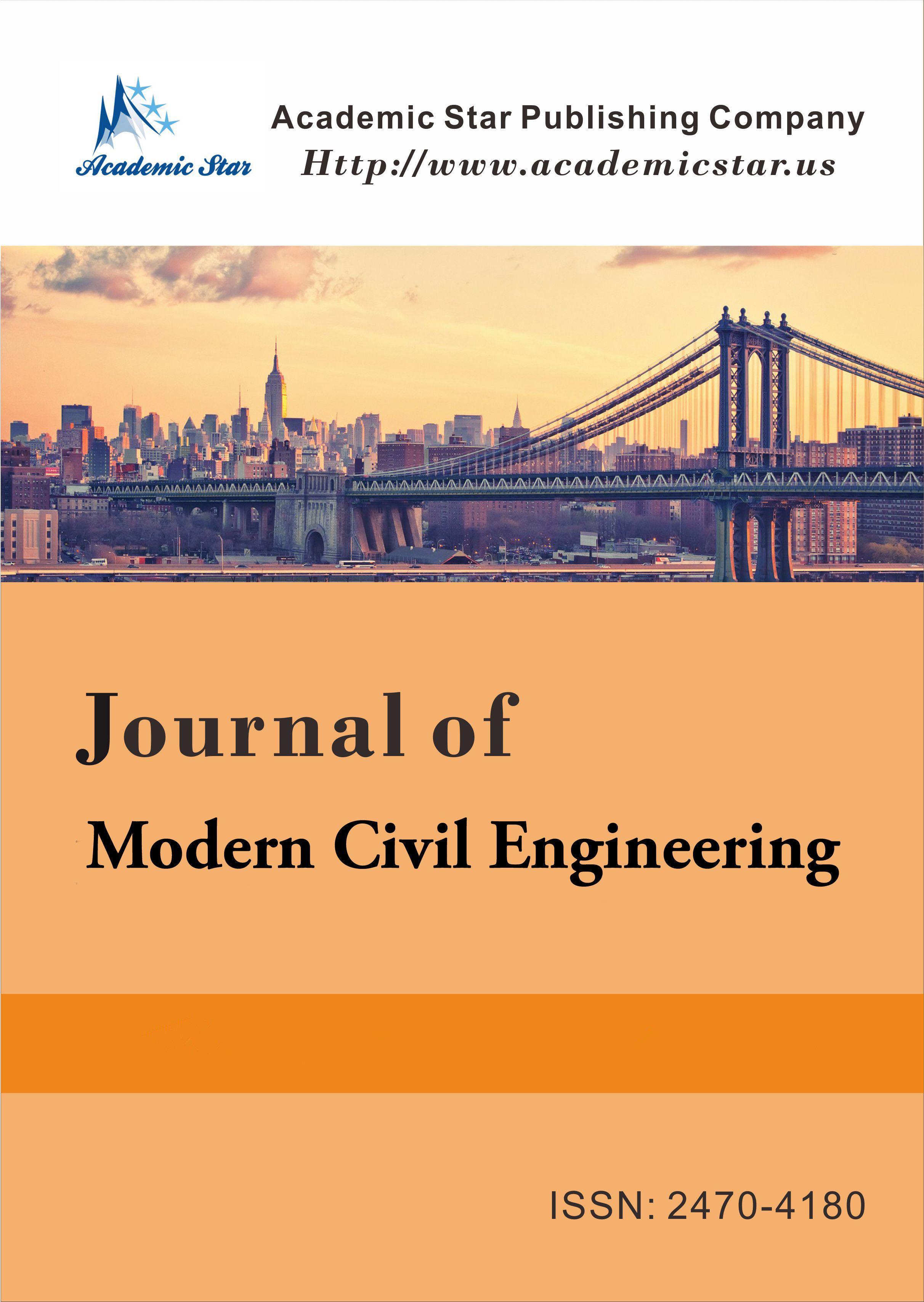
- ISSN: 2470-4180
- Journal of Modern Civil Engineering
A Systematic Bottom-up Approach for Decarbonization of Concrete
School of Engineering, Macquarie University, Sydney, Australia
Abstract: Climate change is one of the biggest problems the world is facing. The Paris agreement (2015) commits signatory nations to limit global warming to well below 2oC, preferably 1.5oC, compared to pre-industrial levels. In Australia, the construction industry contributes around 18% of total greenhouse gas emissions. Australia consumes, approximately 29 million m3 of concrete each year. The embodied carbon of structural concrete typically ranges from 230 to 615 kg CO2e/m3. On this basis, total embodied carbon associated with concrete in Australia is estimated as 12 Mt CO2e. Therefore, decarbonization of concrete is a key component to Net Zero 2050 strategy across the construction industry. A typical concrete mix consists of 12% Portland cement material, 77% fine & coarse aggregates, 3% supplementary Cementitious material (SCM) and 8% admixtures/ water. Portland cement is the highest embodied carbon material (approximately 905 kg CO2e/t) in a concrete mix and is responsible for approximately 90% of concrete’s footprint. Most concrete decarbonization strategies propose partial or full replacement of Portland cement to reduce the carbon footprint of concrete. This paper presents an overview of a systematic analysis of various concrete decarbonization technologies being adopted worldwide. The study shows that none of the technologies can achieve the net zero goal on a standalone basis. It is recommended that a custom strategy combining more than one technology will have to be adopted to suit the circumstances.






